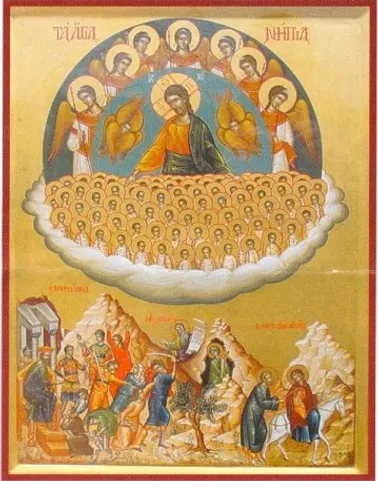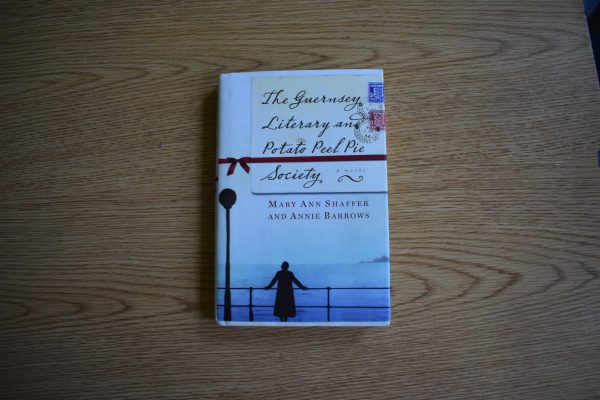The Feast of the Holy Innocents

A traditional icon depicting the Feast of the Holy Innocents, courtesy of saintsfeastfamily.com
Though most are aware of the Catholic roots of Christmas and the way it is commonly celebrated today, few people know about the wealth of traditions and celebrations surrounding it that did not transfer over to the secularized holiday. Traditions like Advent are known by name but not really recognized, but far more common are the obscurities of St. Stephen’s Day, Gaudete Sunday, and, more somberly, the Feast of the Holy Innocents.
The Nativity Story surrounding the Christmas holiday is widely known. Joseph and Mary were traveling away from home to pay their taxes at the temple in Jerusalem, and on the way, they stopped in Bethlehem in Judea because Mary was going into labor. There was no room for them in the inn due to the massive influx of travel from the past census—the same reason Mary and Joseph were traveling. The innkeeper offered them the night in the stables with the animals, and there Christ was born. However, that isn’t the entirety of the story.
At the same time as the wise men were traveling to see Jesus, King Herod also heard the word of the baby King and intercepted them on their journey. He was afraid of the child because he believed the king who had been born would usurp his power. So, after the wise men failed to bring him the child’s location, he ordered every male child under the age of two in his domain to be killed. This slaughter is memorialized on December 28th, the Feast of the Holy Innocents.
As the tragedy is written in scripture, “A voice is heard in Ramah, weeping and great mourning, Rachel weeping for her children and refusing to be comforted because they are no more.” (Matt 2:18, from Jer 31:15). The day is also referred to as Childermas, and traditionally is celebrated with a focus on the children of the community.
Unlike other joyful Catholic holidays in December, such as the Immaculate Conception of Mary, which does not refer to Jesus Christ’s conception in his mother’s womb, but her conception in her mother’s, Saint Anne’s, or the Feast of Saint Nicholas on December 6th, Childermas is not part of Advent, but rather the twelve days of Christmas. This means that it is not part of the season of preparation for the holiday season but rather part of the celebration itself. In this, its sadness seems very out of place. Why should people pause amid great revelry to remember that great sorrow is hidden inside a time of great joy? What benefit does that bring?
The answer is, of course, to remember that not only is their sorrow in great joy but that there is great joy in sorrow. It reminds us why he became Man after Christ’s becoming Man. The Incarnation of God as Man, followed by a senseless slaughter of babies, reveals the fallen nature of humanity. The loss of innocent and precious life is a deep tragedy, especially as the Church upholds that all life has infinite dignity and value. However, even as we mourn the terrible loss of that life, we can celebrate by knowing that Christ has still come. That even this will be redeemed, and those, the first victims of Christian persecution, are even now praying for the souls of the lost.
It is the human condition for sorrow, even in joy. It is the Christian condition for joy, even in sorrow.

Claire Cornett is a junior at Lafayette interested in student-led stories and events. She's involved in choir and history club. She is also heavily involved...










